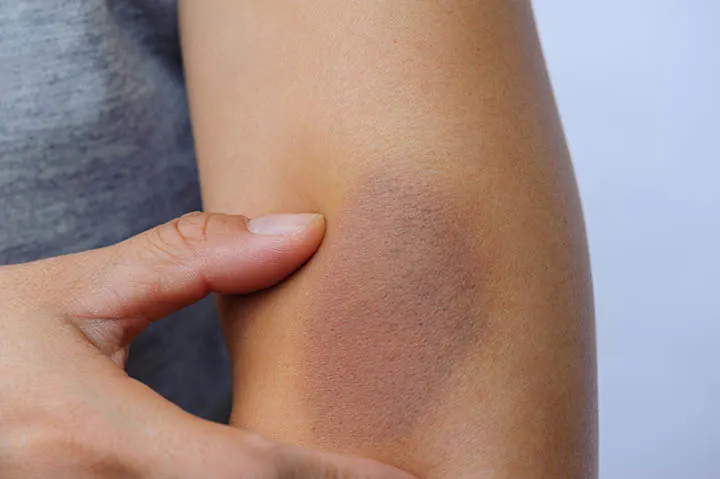The Difference Between Infiltration and Extravasation

Many medical professionals employ intravenous (IV) therapy, which uses a bag, catheter, and needle to deliver medication, nutrition, and other essential fluids through the patient's vein directly into the bloodstream. When administered correctly, IV therapy is extremely safe. But like any medical technique or procedure, complications can arise. The most common complications associated with IV therapy are infiltration and extravasation, which occur when fluid leaks into the tissue surrounding the vein. Luckily, healthcare facilities can prevent these complications by taking the proper precautionary measures. Knowing the difference between infiltration and extravasation is the first step in identifying and treating patients.
What's the Difference?
The difference between infiltration and extravasation is relatively straightforward. Infiltration describes the occurrence of medicine or fluid leaking into the tissue surrounding a vein without irritating the affected tissue. Extravasation, on the other hand, occurs when the medicine or fluid does irritate the tissue.
Symptoms and Treatment
Surprisingly, the differences between infiltration and extravasation are sparse. In many ways, both complications are incredibly alike. The symptoms of infiltration and extravasation, for example, are virtually identical. The most common signs of these complications include:
- Inflamed IV site
- Swollen skin
- Unusually cold skin
- Blanching
- Pain or tenderness
- IV not working correctly
If a patient exhibits one or more of these symptoms, their care provider should examine the IV site immediately. Treatment for infiltration and extravasation typically involves removing the IV, elevating the site, applying a compress, providing medication, and inspecting the IV site every hour until it reverts to baseline. Typically, the symptoms of infiltration and extravasation aren't too severe. A patient might feel slightly uncomfortable, but discomfort should disappear shortly after treatment in non-severe cases.
How To Prevent Infiltration and Extravasation
Infiltration and extravasation may occur for many reasons. It could happen if the medical professional inserts the catheter incorrectly or if the catheter gets clogged. Thankfully, both medical professionals and patients can help prevent these complications.
Medical workers should do the following to prevent complications: choose the right vein, insert the IV correctly, clean and sanitize any catheters prior to use, and check to ensure the IV dressing is secure. Patients can also help by making sure they don't bump or tug on the IV.
Looking for high-quality and effective IV tubing for sale or other medical supplies for your facility? Med One Group will supply you with everything you need and provide you with support throughout the entire process. Browse our full inventory today!
